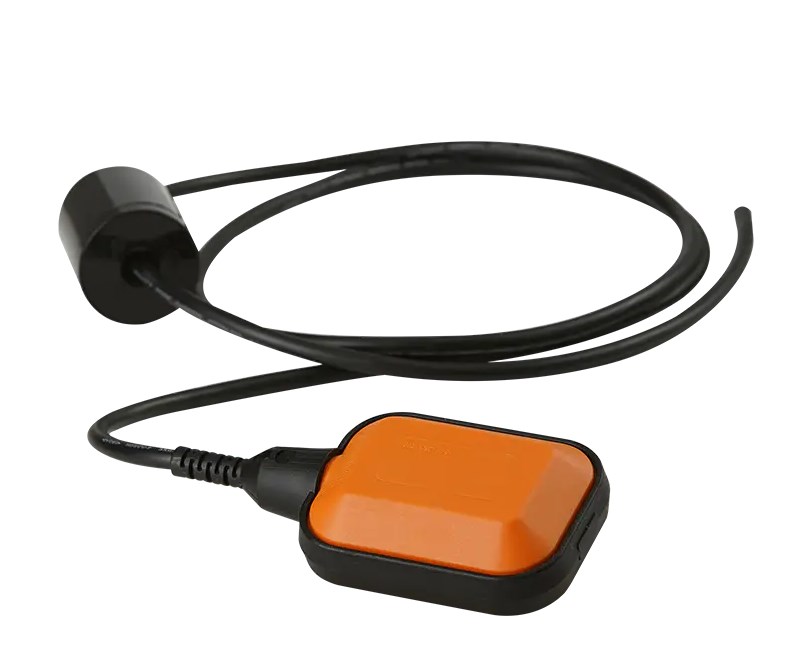Float switches, a critical component in various industrial and commercial applications, are often supplied by specialized float switch supplier. These float switch suppliers are responsible for providing high-quality, reliable float switches that meet the diverse needs of their clients. To fully appreciate the role of float switch suppliers, it is essential to understand the underlying principles that govern the operation of these devices.
The working principle of a float switch is based on the concept of buoyancy, which is the upward force exerted by a fluid that opposes the weight of an immersed object. In the case of a float switch, this object is typically a float, which is a small, buoyant body that moves freely within a liquid. The float is attached to a lever or a rod, which, in turn, is connected to a switch mechanism.
When the liquid level in a tank or container rises, the buoyant force acting on the float increases, causing it to rise. As the float ascends, it moves the attached lever or rod, which then actuates the switch mechanism. This action can either close or open an electrical circuit, depending on the design of the float switch. The switch's activation can then be used to control a pump, an alarm, or any other device that requires level monitoring.
Float switch suppliers must ensure that their products are designed to accommodate the specific characteristics of the liquid they will be used with. Factors such as density, viscosity, and chemical composition can all influence the performance of a float switch. For instance, a float switch intended for use in a highly viscous liquid will require a different design than one used in a less viscous medium.
Moreover, float switch suppliers must also consider the environmental conditions in which their products will operate. Temperature, pressure, and the presence of corrosive substances can all impact the longevity and reliability of a float switch. Float switch suppliers often offer a range of materials for the construction of floats and housings, including plastic, stainless steel, and other specialized alloys, to cater to different applications.
Another important aspect of float switch operation is the switch mechanism itself. There are various types of switches used in float switches, such as mercury-wetted reed switches, micro-switches, and Hall effect sensors. Each type has its advantages and disadvantages, and the choice of switch type can depend on factors like sensitivity, response time, and compatibility with the surrounding environment.
Float switch suppliers also need to address the issue of false triggering, which can occur due to vibrations, turbulence, or other external factors. To mitigate this, some float switch suppliers incorporate features such as damping mechanisms or adjustable sensitivity settings into their products.
In addition to the technical aspects of float switch operation, float switch suppliers must also consider the ease of installation and maintenance. Float switches should be designed for quick and straightforward installation, with clear instructions provided to ensure that they are correctly positioned and calibrated. Regular maintenance is also crucial to ensure the continued performance of the float switch, and suppliers should offer guidance on cleaning, inspection, and replacement of parts as needed.
In conclusion, the working principle of a float switch is a testament to the ingenuity of simple mechanical solutions to complex problems. Float switch suppliers play a vital role in providing these devices to a wide range of industries, ensuring that they are tailored to meet the specific requirements of each application. By understanding the fundamental principles of float switch operation, suppliers can continue to innovate and improve their products, offering reliable and efficient solutions for level monitoring and control.



